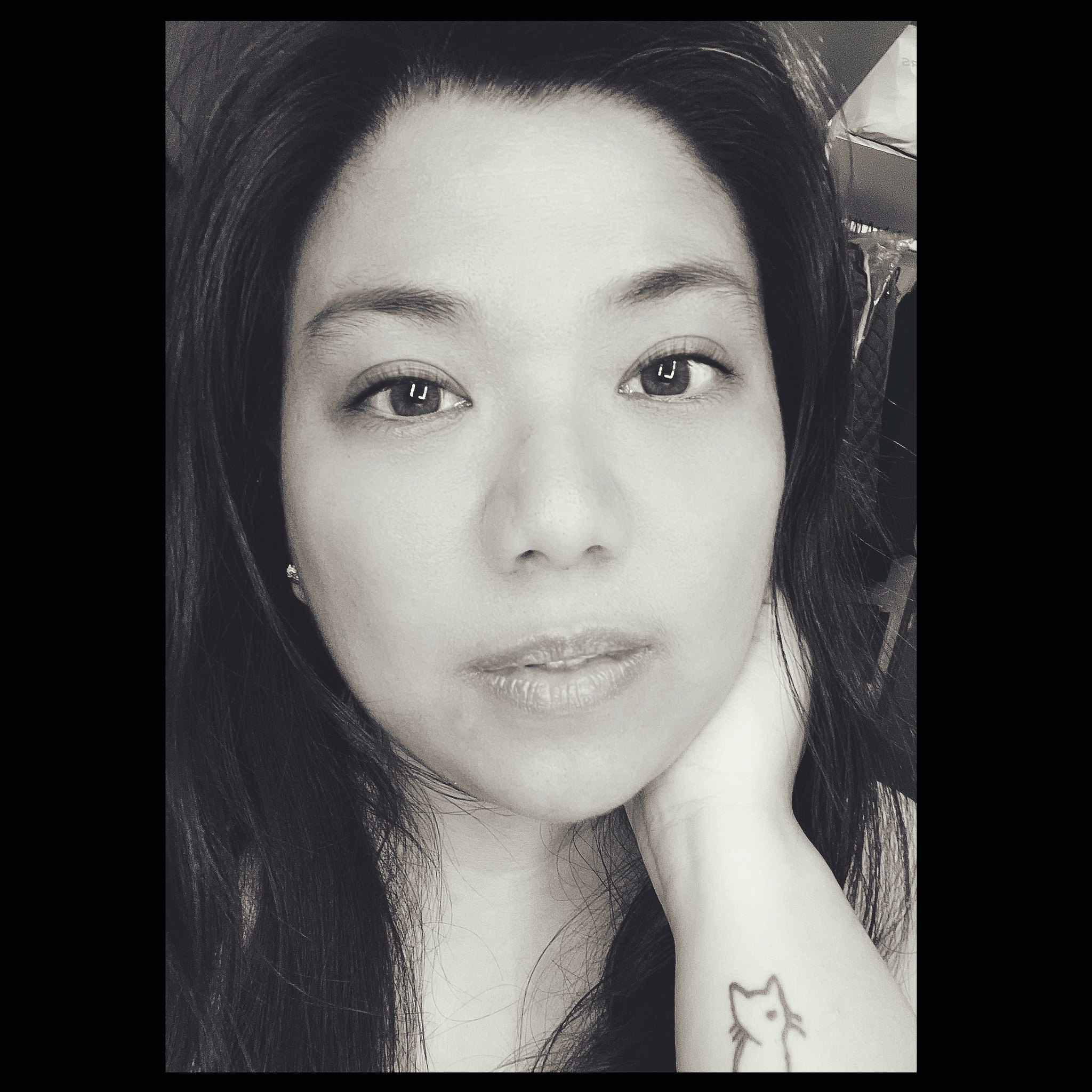Makeup 101 - Color Basics
Knowing fundamentals of color and the color wheel is very important with makeup. Same with painting or any form of art, color plays a major role in makeup application. So how does the color theory comes in with makeup?
First, this is important to know what colors go well together - what accentuates another and what neutralizes it. Second, this is important in knowing what eye makeup would go best with your eye color. With different colors to choose from, you can either accentuate the color of your eyes or make it less obvious. Third, this is important to be able to correct flaws in the skin by knowing what colors mix together to cover up blemishes. Lastly, this is important for photography to know how different light colors affect the color you used for makeup.
The Color Wheel
Notice that as you go in the circle, the color turns lighter until it gets white and as you get out of the circle the color darkens. These are what you call tint and shade of the color. The tint is a result of mixing one color with white while a shade is a result of mixing one color with black.
Also in the color wheel, the colors are grouped by tone - warm and cool. Yellow and violet are considered neutral tones since these two colors fall between the warm and cool tones. These colors are what we call a balance between the warm and cool tones.
Another concept that we need to remember about the color wheel is complimentary colors. These are the colors that are opposite each other in the color wheel. Using complimentary colors have different effects depending on how you use them. When you layer two complimentary colors, meaning you put one color on top of the other, these two neutralizes each other forming the color brown. This means, when you put two complimentary colors on top of each other, they neutralize each other. On the other hand, placing two complimentary colors beside each other intensifies each other's color. So to accentuate one color, we use its complimentary color by putting these colors beside each other.
Practical applications of color concepts to makeup:
1. Correcting blemishes. By knowing that complimentary colors neutralize each other when layered, we can easily choose what concealer color to use over blemishes depending on its color. For example, pimples or pimple scars are usually red. So in order to neutralize the redness, we use a green corrector concealer to neutralize the color before we apply foundation or a regular concealer over it. To know more details on how to use corrector concealers to remove blemishes, refer to my entry using MAKE UP FOR EVER 5 camouflage cream palette no 5
2. Accentuating your eye color. Most of us tend to neglect how the colors of our eyes add to the overall look when applying makeup. If you want to accentuate your blue eyes, choosing a shadow with an orange touch, like coral or peach, to your eyes could make your eyes bluer. Green eyes would look best in pink, red, burgundy colors. Brown eyes are tricky though. They usually fall under yellow category, so best colors could be shades of blue and violet like plum or baby blue. Also the good thing about brown eyes is they are somewhat neutral (remember yellow and violet falls under neutral line) so different colors go well with them.
So when choosing an eyeshadow, depending on how you want the color of your eyes to look or even the shadow would look on you, you need to consider what color to use. Like if you have blue eyes and you want to wear a blue or green eyeshadow, you can just either mix some orange shadow with it or line your under eyes with copper liner to accentuate your eyes as well as the eyeshadow more.
3. Makeup and photography. Lighting plays an important role in photography and knowing the color of lights being used when applying makeup for photography is very important. As a rule of thumb, the lighting color will fade out the same makeup color.
a. Red or Yellow Light - darkens green, turns blue and violet to almost black and lightens red, orange and yellow to almost white.
b. Green Light - darkens red, orange and yellow, turns blue and violet to dark green or black.
c. Blue Light - darkens red and orange, lightens green and blue and turns yellow and violet to pale violet.
d. Violet Light - darkens blue, lightens red, orange, green and violet and turns yellow to pink.
This concept does not mean you cannot experiment and you should restrict yourself from using other colors. Knowing this only provides you reference and help you understand why there are times some color make a very drastic or minimal change in your looks. This also help you experiment with colors and not limit possibilities that you can wear.





4 comments
I like posts about color theories and the color wheel! ;)
ReplyDeleteyay! thanks! ^_~
ReplyDeletethanks for sharing this with us..it provided an insight for me!
ReplyDeleteThanks for sharing. Very enlightening. I've seen a color wheel but never knew how to process it. Thanks a lot! -Jan
ReplyDelete